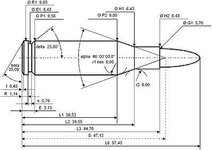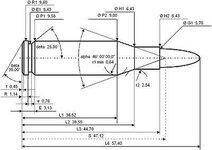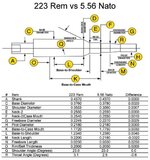Also, when the bolt(s) incompletely chamber the round, it 'locks' closed, necessitating the use of a rubber mallet, and a block of wood to open the action.
While suggestions of stretching the spring may work, I dont suggest it....replace it. Proper lubing will help but the above quote tells me that it IS ammo related.














